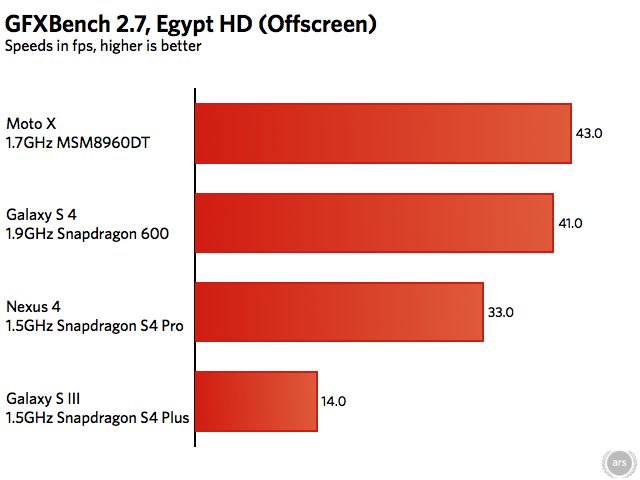Plamensito
Newcomer

Hi!
Yesterday Motorola introduces Moto X. It is driven by a GPU Adreno 320 Quad Core MP4.
Adreno 320 MP4 is a part of Qualcomm Snapdragon MSM8960DT System on Chip
The question is how to calculate the GFLOPS with Adreno 320 with Multi Core?
What is the architecture of the Adreno 320 Multi Core?
First Generation Adreno 320 (Snapdragon S4 Pro) - 64 ALU, 400MHz, 57GFLOPS
Second Generation Adreno 320 (Snapdragon 600) - 96 ALU, 400MHz, 86.4GFLOPS
Third Generation Adreno 320 (MSM8960DT) - Quad Core, MHz ?, GFLOPS ?

Last edited by a moderator:


